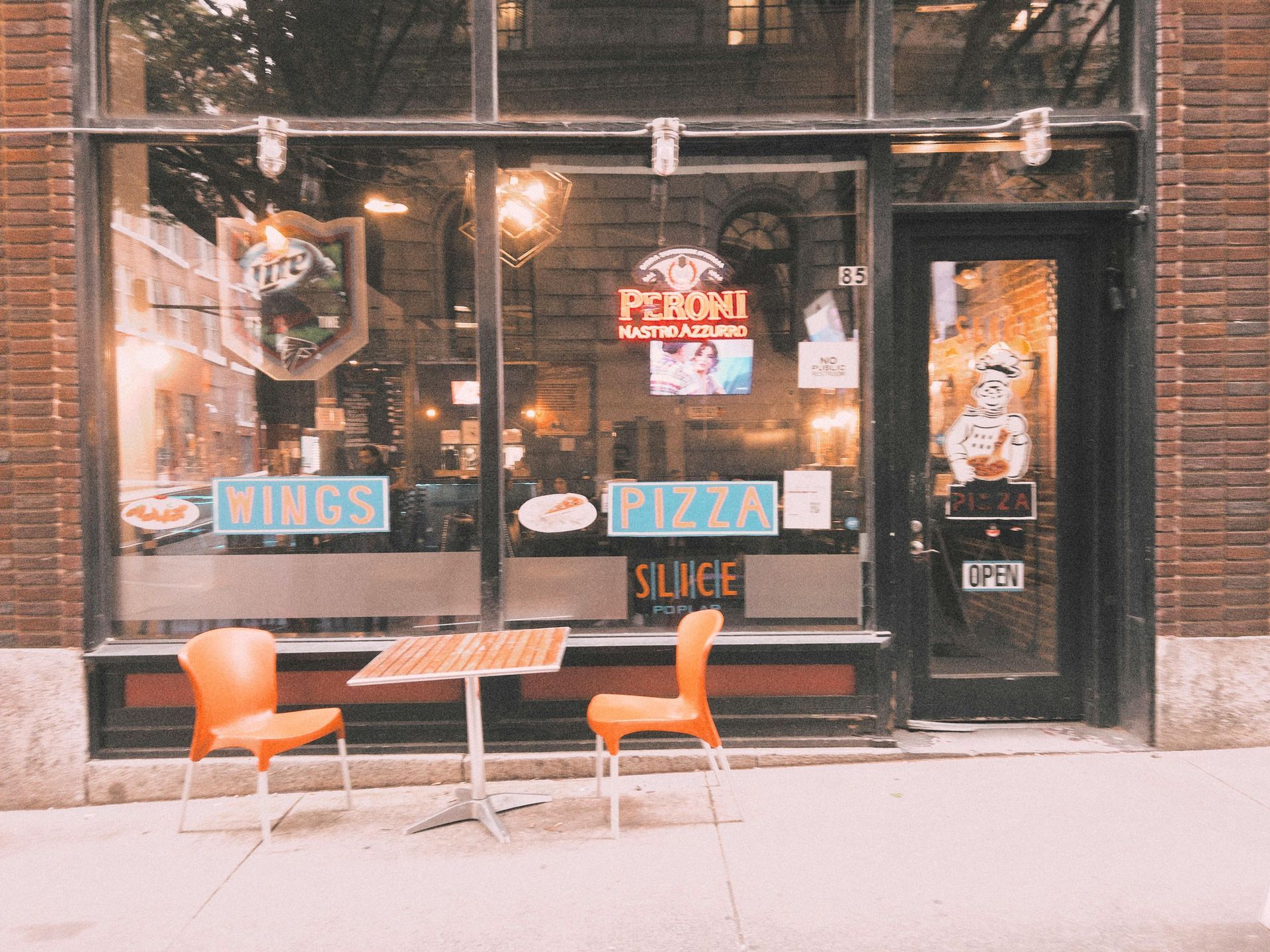Crafting an Eye-Catching T-Shirt for Your Brand
Crafting an Eye-Catching T-Shirt for Your Brand
Creating a standout T-shirt design for your brand can feel overwhelming. It’s a process that combines aesthetics, branding, and marketing insights. For that reason, we’ve put together a few tips and tricks to keep in mind when designing your next promotional t-shirt below.
Understand Your Brand Identity
Before you start sketching designs, ask yourself:
- What are the core values of your brand?
- Who is your target audience?
- What message do you want your T-shirt to convey?
Your T-shirt design should reflect these elements, remaining consistent with your overall brand identity.
Focus on Simplicity and Clarity
While it might be tempting to create a complex design, simplicity often has a stronger impact. A clean, straightforward design is more likely to be noticed and remembered. Busy prints can often times be too distracting and overwhelming for the viewer. Consider the following tips:
- Limit Text: Use concise, impactful phrases or slogans.
- Choose Bold, Clear Fonts: Ensure that any text is easily readable from a distance.
- Simple Graphics: Opt for simple, striking graphics that support your brand message without overwhelming the design.
Use Colors Strategically
Color is a powerful tool in design, as it’s capable of evoking emotions and attracting attention. When choosing colors:
- Brand Colors: Incorporate your brand’s color palette to maintain brand consistency.
- Contrast: Use contrasting colors to make elements stand out.
- Trends and Preferences: Consider current color trends and the preferences of your target audience.
Select the Right Typography
Here’s how to choose the right fonts:
- Readability: Ensure the font is legible, especially from a distance.
- Brand Consistency: Use fonts that align with your brand’s visual identity.
- Hierarchy: Establish a clear hierarchy with different font sizes and weights to guide the viewer’s eye through the design.
Incorporate Your Logo and Branding Elements
Your logo is a key component of your brand’s identity. Integrate it seamlessly into your design:
- Placement: Decide whether your logo will be the focal point or a subtle addition.
- Size and Proportion: Ensure your logo is sized appropriately within the overall design.
- Complementary Elements: Add elements like brand symbols or taglines that enhance the design without cluttering it.
Consider the T-Shirt Material and Color
The material and color of the T-shirt itself can have a huge impact on the overall design and aesthetic of your t-shirts:
- Material: Choose a fabric that complements your design and offers comfort.
- T-Shirt Color: Ensure the color of the T-shirt contrasts well with your design to enhance visibility.
Prototype and Gather Feedback
Before finalizing your design, create a prototype and seek feedback:
- Mockups: Use digital mockups to visualize your design on a T-shirt.
- Feedback Loop: Gather opinions from team members, potential customers, or focus groups to refine your design.
Test Print Quality
Print quality can make or break your design. Ensure that:
- High-Resolution Graphics: Use high-resolution images and vectors.
- Print Methods: Choose the right printing method (screen printing, DTG, etc.) that suits your design and budget.
Remember, the key to a successful T-shirt design lies in the perfect blend of creativity, brand alignment, and strategic planning. Triangle Printing and Marketing has successfully printed thousands of shirts for our clients for any occasion you can think of! We also have an in-house graphic designer to aid in the design process of your next promotional t-shirt campaign if you’re feeling over whelmed. Give us a call to discuss more!



